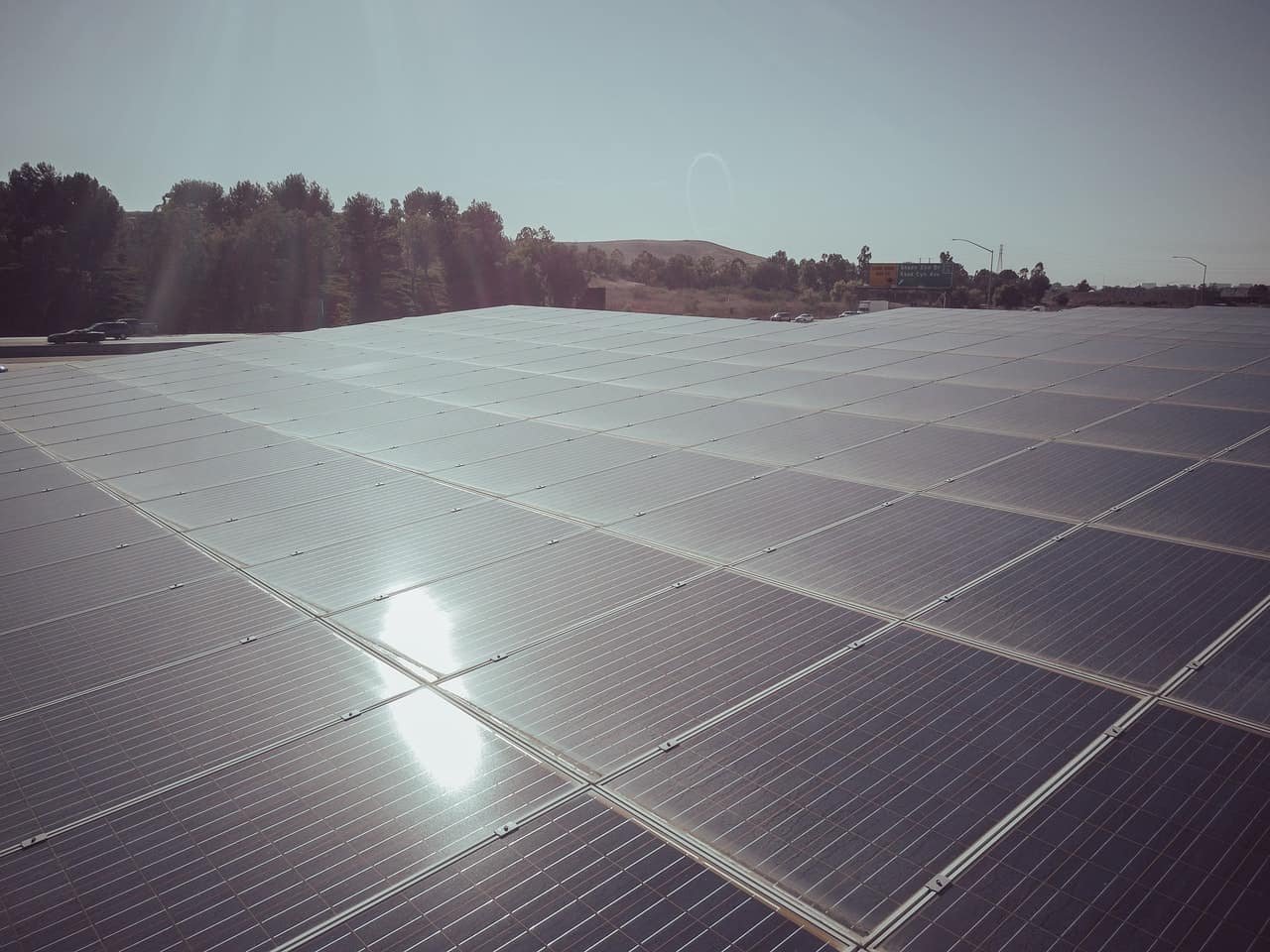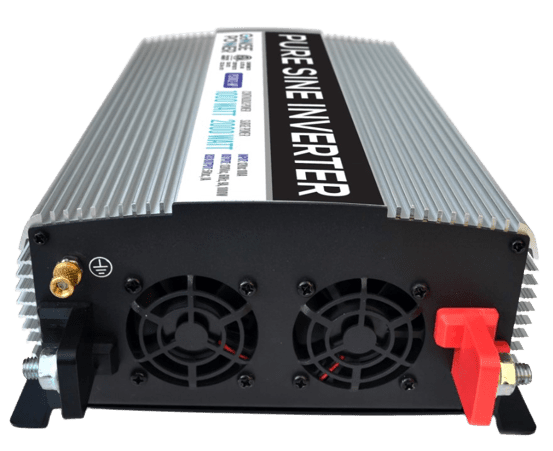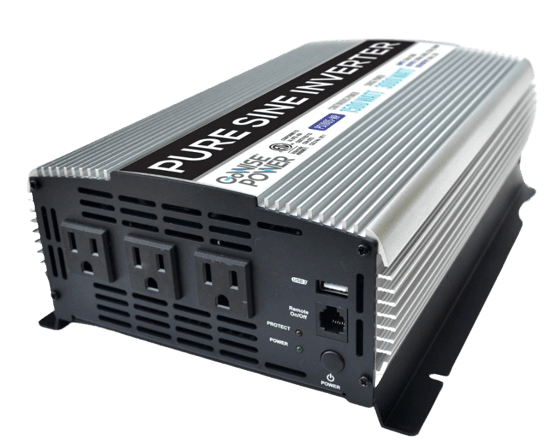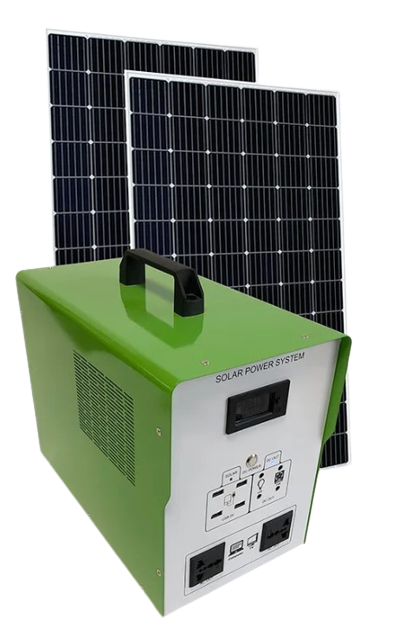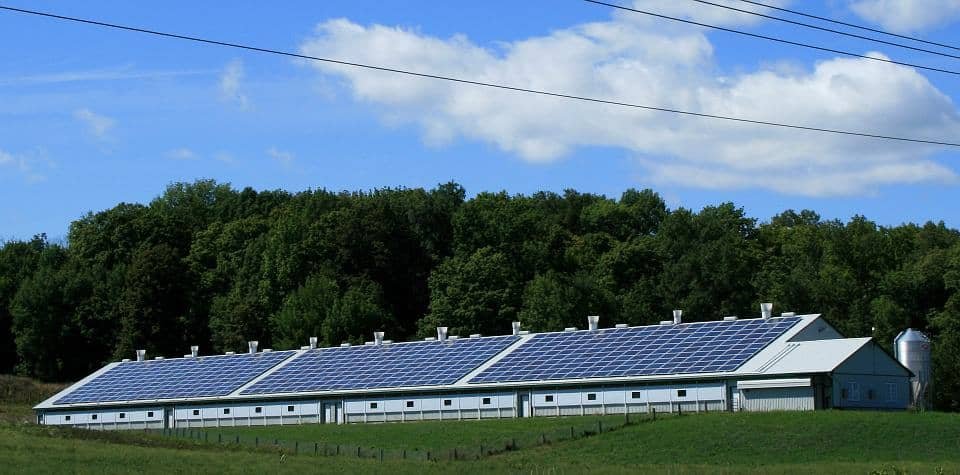You may have heard about off-grid systems and grid-tie systems, but did you know about hybrid systems? To put it simply, these are systems that let you get a little bit of both worlds. However, they do come with some complications and a higher cost.
What Is a Hybrid Solar System?
A hybrid solar system is very similar to a grid-tie solar system but includes batteries and inverters that allow you to store the solar energy you are getting for later use.
This works well for power outages, as you still have battery backups. It also works well for homes where the utility company changes rates based on the time of day.
You can pull from your batteries during the times the rate would be highest, and then allow the sun to charge them back up the next day. You can also focus on using the grid power when you want, such as on cloudy days when you don’t want to drain the battery.
Much like grid-tie systems, the hybrid solar system still allows you to get discounts from the utility company as you can still send them your excess power. There is just an additional step where your excess power will first go to charging your batteries, and then whatever remains from that goes to the utility company.
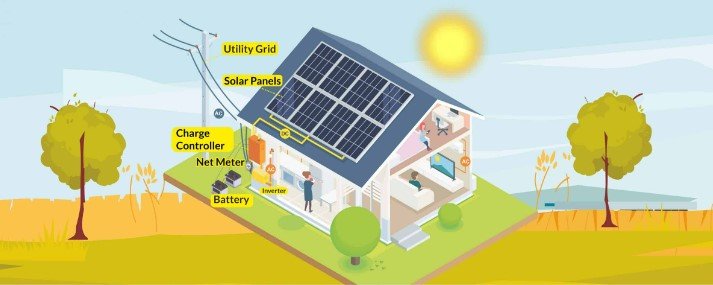
Additionally, some grid-tie systems have reduced the money or credit you receive from grid-tie systems. So for some, this can be an attractive option. If you already have a solar system but want to save more money than the credits the utility company is providing you, you simply need to add some batteries and an inverter and you can start storing your power.
It is called a hybrid system because it is a mix of an off-grid and a grid-tie solar system. Instead of having to rely solely on batteries and solar panels, you can use the grid when you need to, and then battery power for the rest of the time.
This means you don’t have to get as big of a system, and can still save money and go more green as far as utilities, so it can be a good option for some.
How Do They Work?
Essentially, all you are adding to a grid-tie system is an inverter and a battery or multiple batteries. If you’ve looked at off-grid systems, you know that an inverter is what connects your solar panel power to the rest of your home. It converts DC power to AC power so it is usable.
Batteries also run on DC power, so it controls the power going from your battery to the rest of your house. Inverters are nice to have because they monitor your whole system and can tell you when something is wrong with your solar system, such as when your battery is empty, when your solar panels aren’t working right, or when something may be wrong with the connection.
The best option for a hybrid solar system is an inverter specifically known as a hybrid inverter. These can charge batteries and connect to the grid already installed in their system.
Depending on how nice the one you buy is, they are able to switch systems according to what you need, such as pulling from the battery, from the solar panels, or sending power to the grid. Some even have off-grid modes, but this isn’t very common. This makes them much easier to use and install. Unfortunately, they are also expensive.
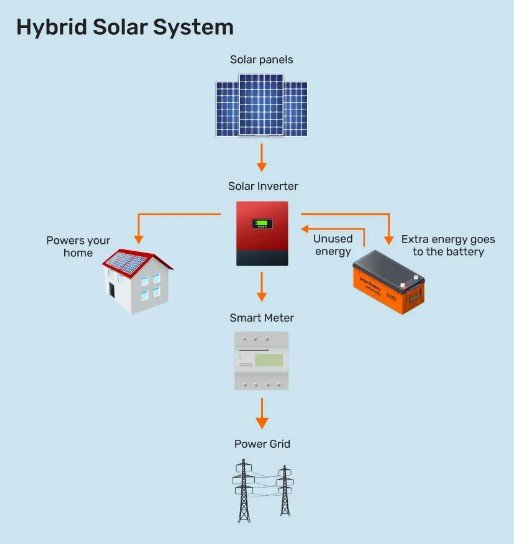
As for the batteries, pretty much any standard battery backup works well. They have ones designed for homes that can store a lot more, or you can get smaller ones. They often come with either the option to be lithium-ion, or lead-acid.
While lithium batteries are widely considered to be the best as they are more durable, can handle a wider range of situations and temperatures, and often last longer, they can be much more expensive.
When you are looking at batteries, you’ll have to make sure the inverter and batteries are compatible. Some companies make it so you have to stay with the same brand, but others may still only work with a few brands.
Most installers know this and will handle it on their own, but it is always good to check with them, and is something to keep in mind if you are doing it yourself.
The inverter basically runs the show. If you get a simpler one, you may have to install switches to change how you are getting power. This will allow you to change to battery or grid use depending on what you want or need.
However, nice systems will do it automatically, and you can often even switch the system yourself based on what you want. Usually, you can either change it on the inverter itself or through an app on your phone.
Are There Different Kinds of Hybrid Solar Systems?
There aren’t really any different kinds of hybrid solar systems. You have the option of different sizes of hybrid inverters and battery backup sizes, but you don’t get much choice or differences besides that.
Related Articles:
Do Professionals Have to Install a Hybrid Solar System?
If you are good with electronics and wiring and know what you are doing, there is no reason you can’t install a hybrid solar system yourself. However, hybrid solar systems take some delicate work as they have to connect to the grid and your house and switch back and forth as needed without continuing to send power to the grid.
If all of that seems a bit beyond your control or abilities, you may want to work with a professional. There are quite a few companies out there that can do the work, and likely a few are willing to service your area.
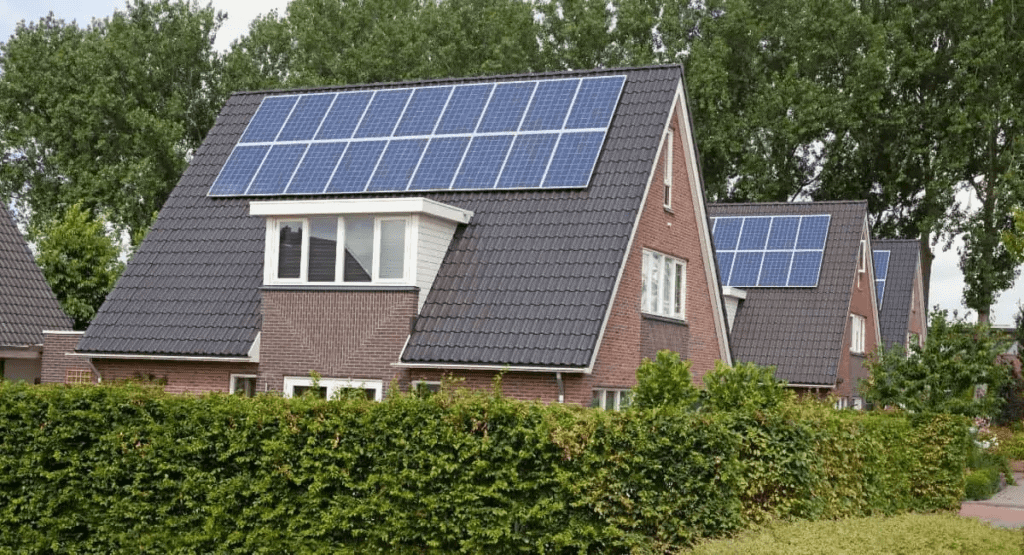
Though the cost of hiring a professional is high, it is worth it to make sure that everything is done correctly. It also provides you with some extra warranty if something goes wrong.
How Long Do Hybrid Solar Systems Last?
Hybrid solar systems tend to last on a whole about 25 to 30 years. However, the batteries often die much sooner. While you may not have to replace the other parts for upwards of 20 years, you will likely have to replace the battery two or three times in that time.
This is a bit of a problem, as batteries are often the most expensive part. One battery can easily cost you $8,000, which means you need to plan on investing at least another $16,000 into your hybrid system in that 30-year window.
This is an important piece of information to consider when you are calculating if a hybrid system is worth it. You don’t only have to pay the initial costs of the system, but expect another big dip in your pocket a couple of times throughout the years.
Pros and Cons of a Hybrid Solar System?
Hybrid solar systems aren’t for everyone. These are some pros and cons so you can decide if it is for you and what you are getting into so you aren’t caught unawares.
Pros
- Continuous power even during blackouts
- Can depend more on renewable resources
- Can save money during peak hours by relying on your battery
Cons
- Expensive to install
- Hard to install yourself due to the specific and delicate nature
- Takes longer to get a return on investment because of the inclusion of batteries
- Your inverter can determine how much power you can draw and use at once
Is it Worth it to Get One?
Whether a hybrid solar system is for you or not depends on your needs. It is a great option for those that want to be a little more independent while not going completely off-grid. But it can be costly.
Overall, it is better for someone who is planning on living in the same home for a long time so that they can get the maximum return on their investment. It may be too expensive for some, but it can be well worth it for others.
